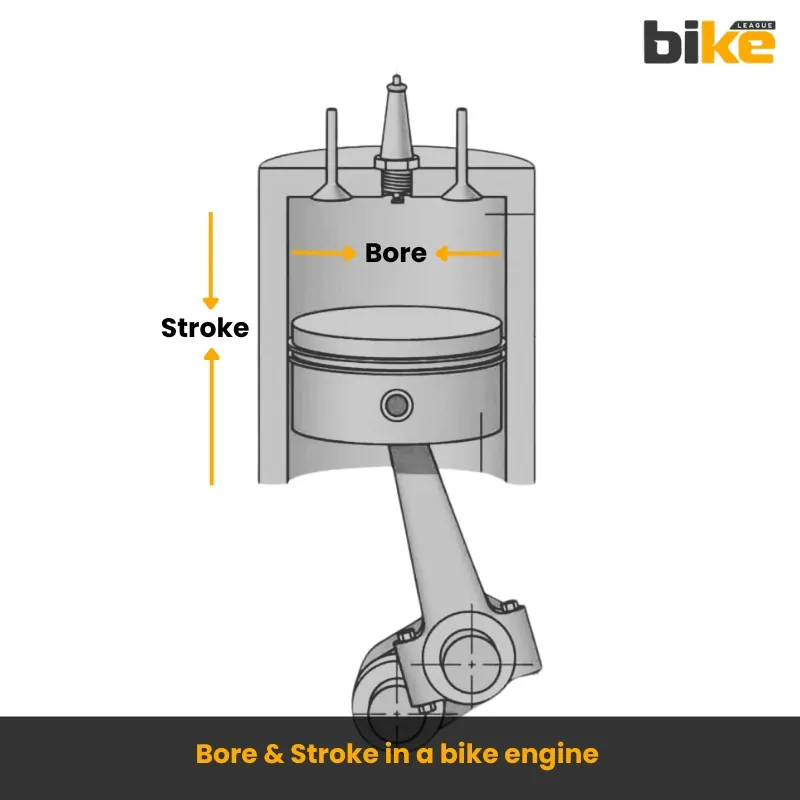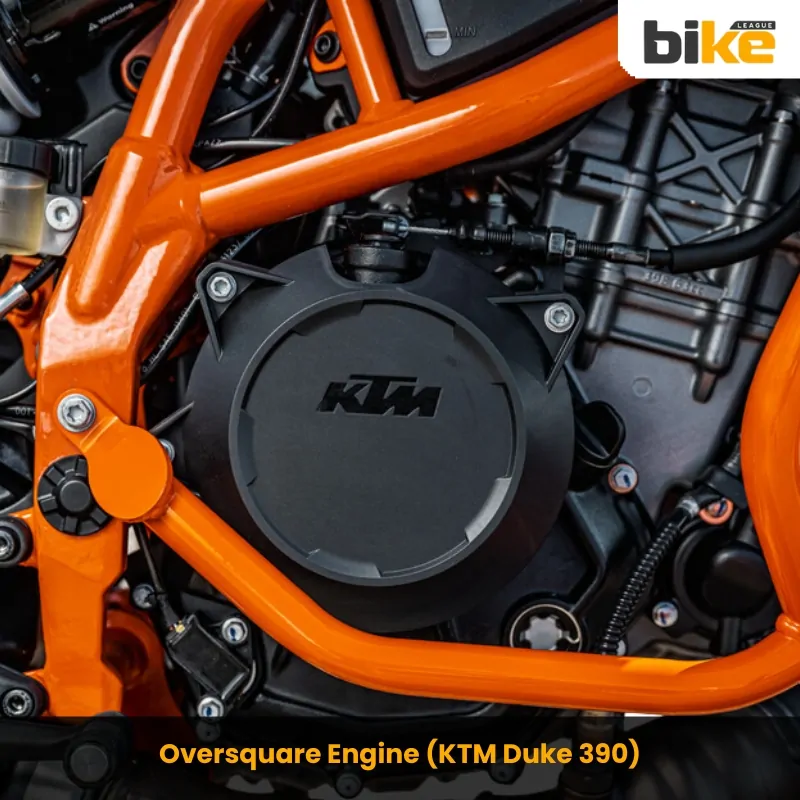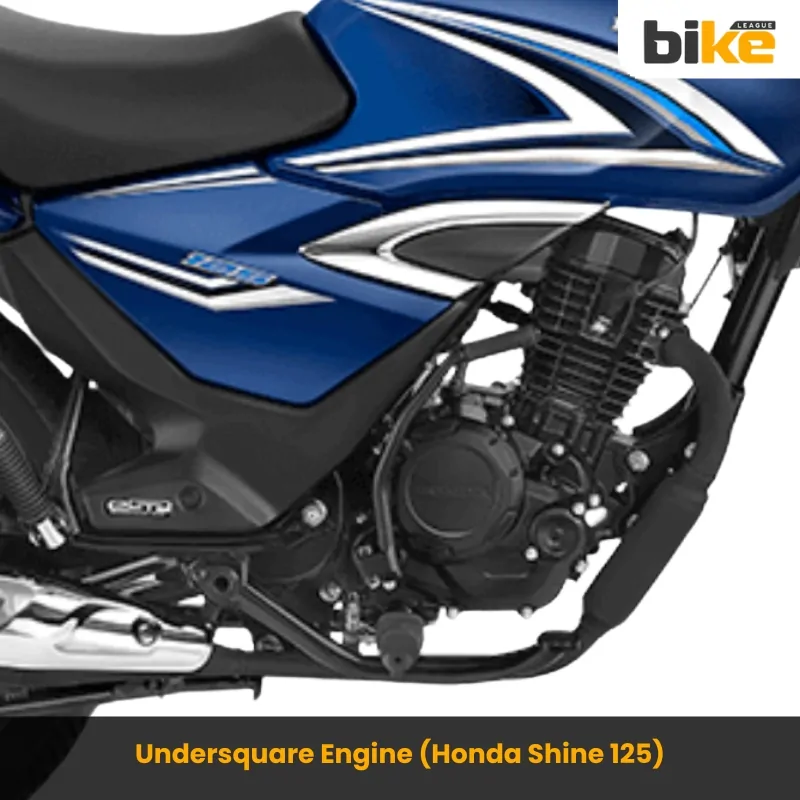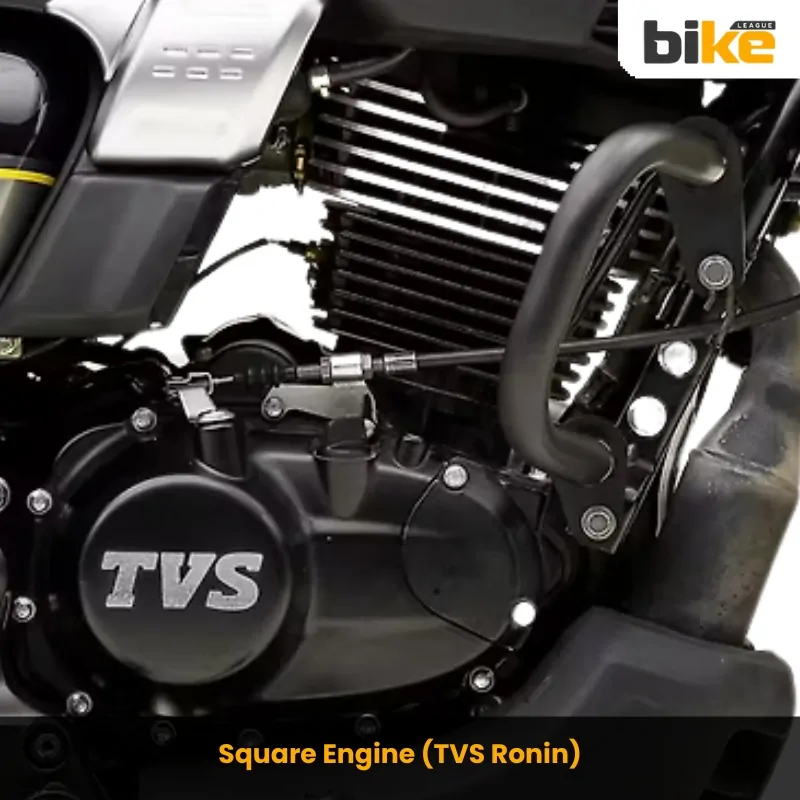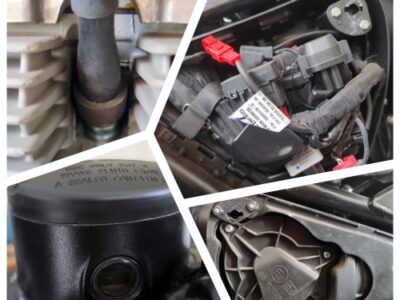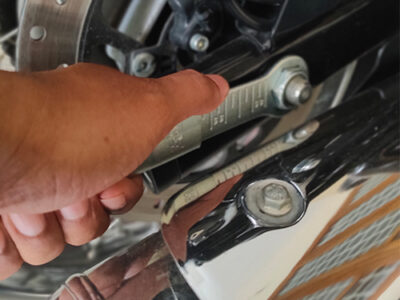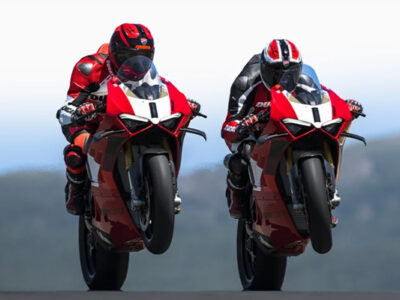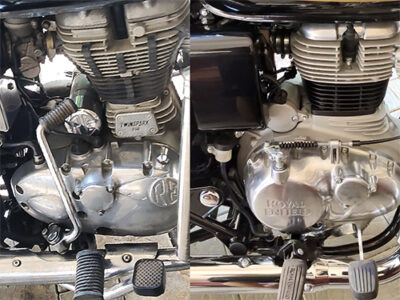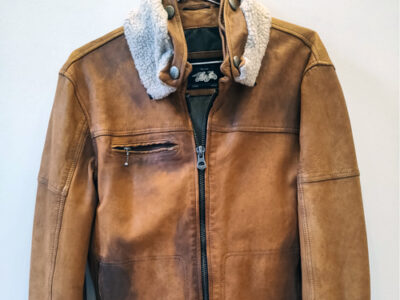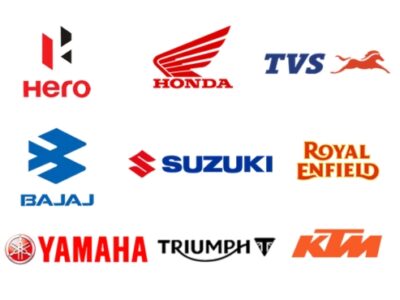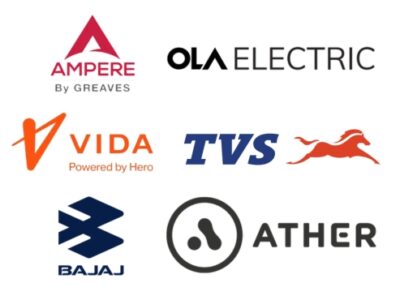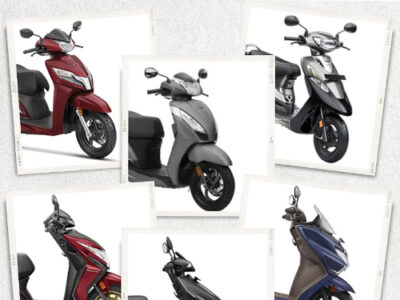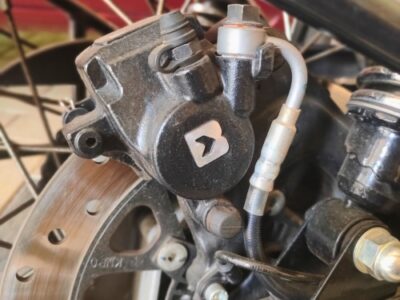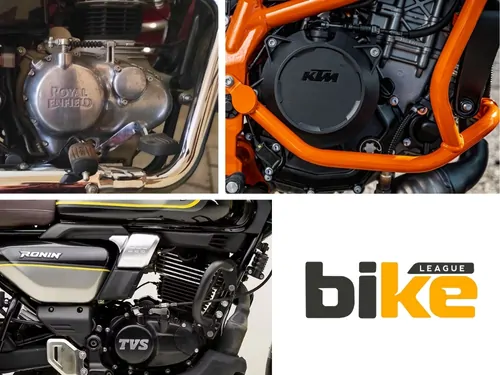
Long story short: A detailed guide to engine geometry: Compare oversquare vs undersquare vs square configurations, their impact on torque curves, redline limits, and riding performance.
While every person has a unique personality and character, do bikes have the same? Yes or No? Yes is the answer. Some bikes have aggressive riding behaviour, while others are more relaxed, and some are a mix of both. This character is formed right from the heart of the bike—the engine. Within this engine, bore and stroke dimensions play a significant role.
In this article, we will dig deep into what this bore and stroke is all about in a bike and the different bike engines that form out of it. Also, we will discuss motorcycle engines having these engine types and some FAQs related to the same. So, let’s start from the basics.
What is Bore (Cylinder Diameter) in a motorcycle engine?
The bore is the internal diameter of the cylinder in which the piston travels.
- Units: Typically measured in millimetres (mm).
- Large bore: Allows for bigger valves and better breathing at high RPM, favouring peak power.
- Smaller bore: (relative to stroke) often yields better low-end torque and a narrower, lighter piston.
What is stroke (Piston Travel) in a motorcycle engine?
The stroke is the distance the piston moves up and down within the cylinder from the Bottom Dead Center (BDC) to the Top Dead Center (TDC).
- Units: Also measured in millimetres (mm).
- Longer stroke: increases leverage on the crankshaft, boosting low-RPM torque.
- Shorter stroke: reduces piston speed at high revs, enabling higher redlines and more top-end power.
Relation between bore and stroke in a motorcycle engine
The relationship between bore (cylinder diameter) and stroke (piston travel) fundamentally shapes a bike’s character in motorcycle engines.Bore and stroke determine each cylinder’s displacement (the volume swept by the piston) and, thus, the overall engine displacement and its torque-/power characteristics.
Motorcycle Engines are classified based on bore and stroke as follows:
- Oversquare (Short-Stroke): Bore > Stroke
- Undersquare (Long-Stroke): Bore
- Square: Bore = Stroke
Each configuration offers a unique balance of power delivery, torque curve, and thermal efficiency.
Below, we explore these three engine geometries in the Indian motorcycle market, outlining their pros and cons, highlighting motorcycle models that use the same engine and answering some frequently asked questions related to the topic.
1. Oversquare Engines
An oversquare engine has a larger bore than stroke, with a bore-to-stroke ratio > 1:1. This design allows larger valves, lower piston speeds at high rpm, and higher redlines.
Pros
- High-rpm Power: Peak torque and power occur at higher revs, ideal for sporty riding.
- Larger Valves: Improved breathing and volumetric efficiency.
- Lower Mechanical Stress: A shorter stroke reduces piston acceleration, enhancing reliability at high rpm.
Cons
- Reduced Low-End Torque: Less crank leverage yields lower torque at low rpm.
- Higher Heat Loss: Increased cylinder surface area can decrease thermal efficiency and raise emissions.
Oversquare Engine motorcycle models in India
| Model | Bore × Stroke | Classification |
|---|---|---|
| KTM Duke 390 | 89mm × 65mm | Oversquare |
| Yamaha R15 V4 | 58mm × 47.2mm | Oversquare |
2. Undersquare Engines
An under-square engine has a smaller bore than a stroke, with a bore-to-stroke ratio Pros
- Strong Low-End Torque: Excellent for city commuting and heavy loads.
- Compact Width: A narrow bore reduces engine width, aiding packaging.
- Potentially Higher Compression: A longer stroke can support higher compression ratios (with appropriate design).
Cons
- Limited Top-End Power: High piston speeds limit maximum rpm and peak power.
- Increased Mechanical Stress: Greater piston acceleration increases crank and bearing loads.
- Valve Area Constraints: A smaller bore restricts valve size, limiting breathing.
Undersquare Engine motorcycle models in India
| Model | Bore × Stroke | Classification |
|---|---|---|
| Bajaj Pulsar 150 DTS-i | 56 mm × 60.7 mm | Undersquare |
| Honda Shine 125 | 50 mm × 63 mm | Undersquare |
3. Square Engines
A square engine has an equal bore and stroke, with a 1:1 ratio. It aims to balance torque and power across the rev range.
Pros
- Balanced Performance: Good compromise between low-end torque and high-rpm power.
- Even Wear: Piston speeds and stresses are moderate, promoting durability.
- Smooth Combustion: Symmetrical chamber shape aids efficient burn.
Cons
- Compromise Design: Doesn’t specialize in torque or peak power.
- Valve Area: Bore size may limit maximum valve area compared to highly oversquare engines.
Square Engine motorcycle models in India
| Model | Bore × Stroke | Classification |
|---|---|---|
| TVS Ronin 225 | 66 mm × 66 mm | Square |
| Royal Enfield Himalayan 450 | 84 mm × 81.5 mm | Nearly Square |
FAQs about oversquare engine vs undersquare engine vs square bike engine in India
1. Which engine type is best for sporty/high-performance riding bikes?
Oversquare engines are preferred for sporty bikes because they can rev higher and produce peak power at elevated rpm. Their short stroke and large valves deliver crisp throttle response and strong top-end pull.
2. Which motorcycle engine type is ideal for city commuting?
Undersquare engines shine in urban riding thanks to robust low-rpm torque that makes quick acceleration and easy cruising in traffic effortless.
3. Which bike engine offers the most balanced performance?
Square engines strike a middle ground, providing usable torque from low rpm while still allowing moderate high-rpm power—making them versatile for mixed riding conditions.
4. Do motorcycle square engines compromise on performance?
They balance low-end torque and high-end power without extreme specialization.
5. Are bike oversquare engines less fuel-efficient?
They can suffer higher heat loss and slightly lower thermal efficiency at steady cruising speeds.
6. Can motorcycle engine geometry change during tuning?
Bore and stroke are fixed by design; tuners can alter performance via valve sizing, cam profiles, and forced induction, but not the basic geometry.
7. Why don’t all bikes use square engines?
Designers choose geometry to meet specific goals: commuter torque, performance high-revving, or balanced versatility.
8. Can I change an engine’s bore-to-stroke ratio through tuning or modifications in motorcycles?
No—The engine’s crank and block design determines the bore and stroke dimensions. They cannot be altered without replacing major engine components. Tuners can improve breathing (cams, valves), add forced induction, or modify fueling, but the basic geometry remains fixed.
Other related links from Bikeleague India
- Diesel bikes in India: Why are they absent on Indian roads?
- Adventure bikes vs Touring bikes which one is the best
- Motorcycle engine – Understanding the different types
- Aprilia SR Storm 125
- Indian Sport Chief
Conclusion
Understanding bore-to-stroke ratios helps riders choose the right motorcycle for their needs, whether they’re looking for the low-end grunt of an undersquare engine, the high-rpm zeal of an oversquare design, or the all-rounder nature of a square layout. Please note that there is no clear winner here; it all depends upon the rider’s choice of bike engine type. Each engine type has its own pros and cons.
If you have any other doubts or queries, email us at bikeleague2017@gmail.com. You can also share your doubts or opinions in the comments section below. We are always eager to help and assist you. Also, here are several social media platforms of Bikeleague India to raise your suspicions.

